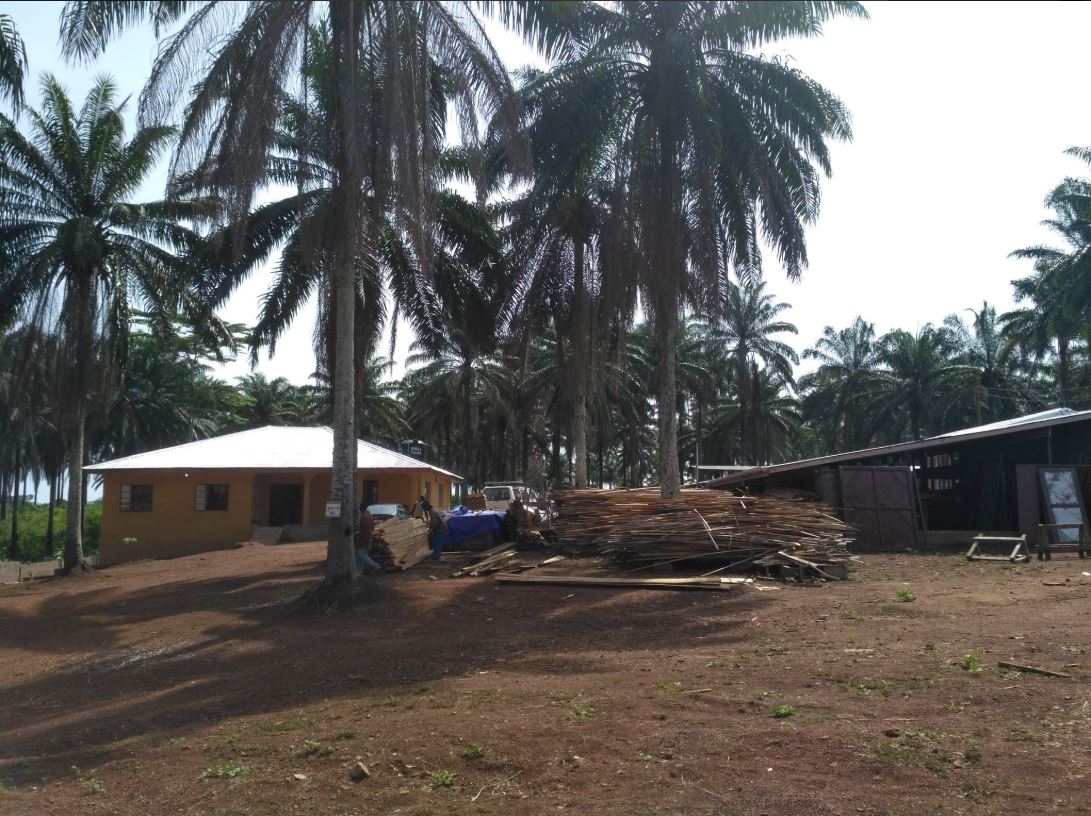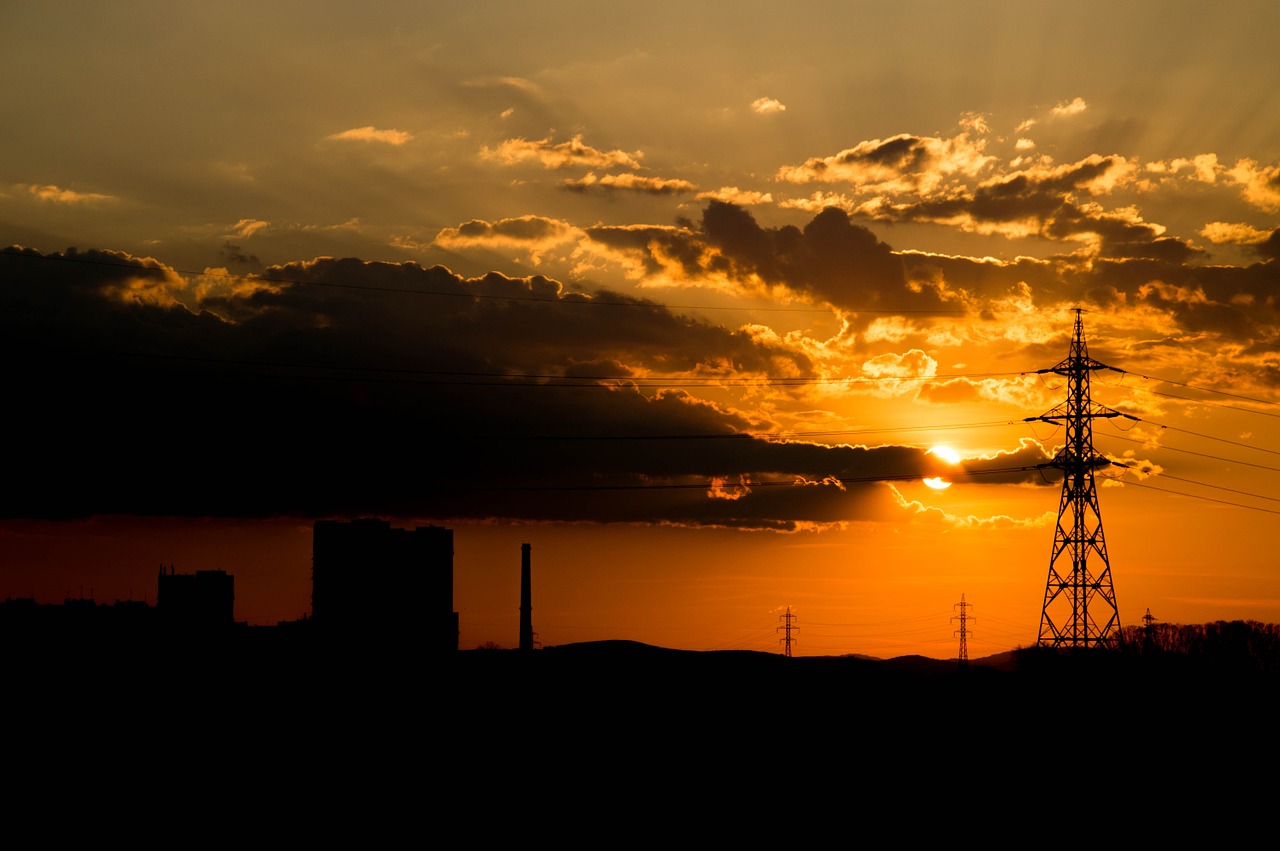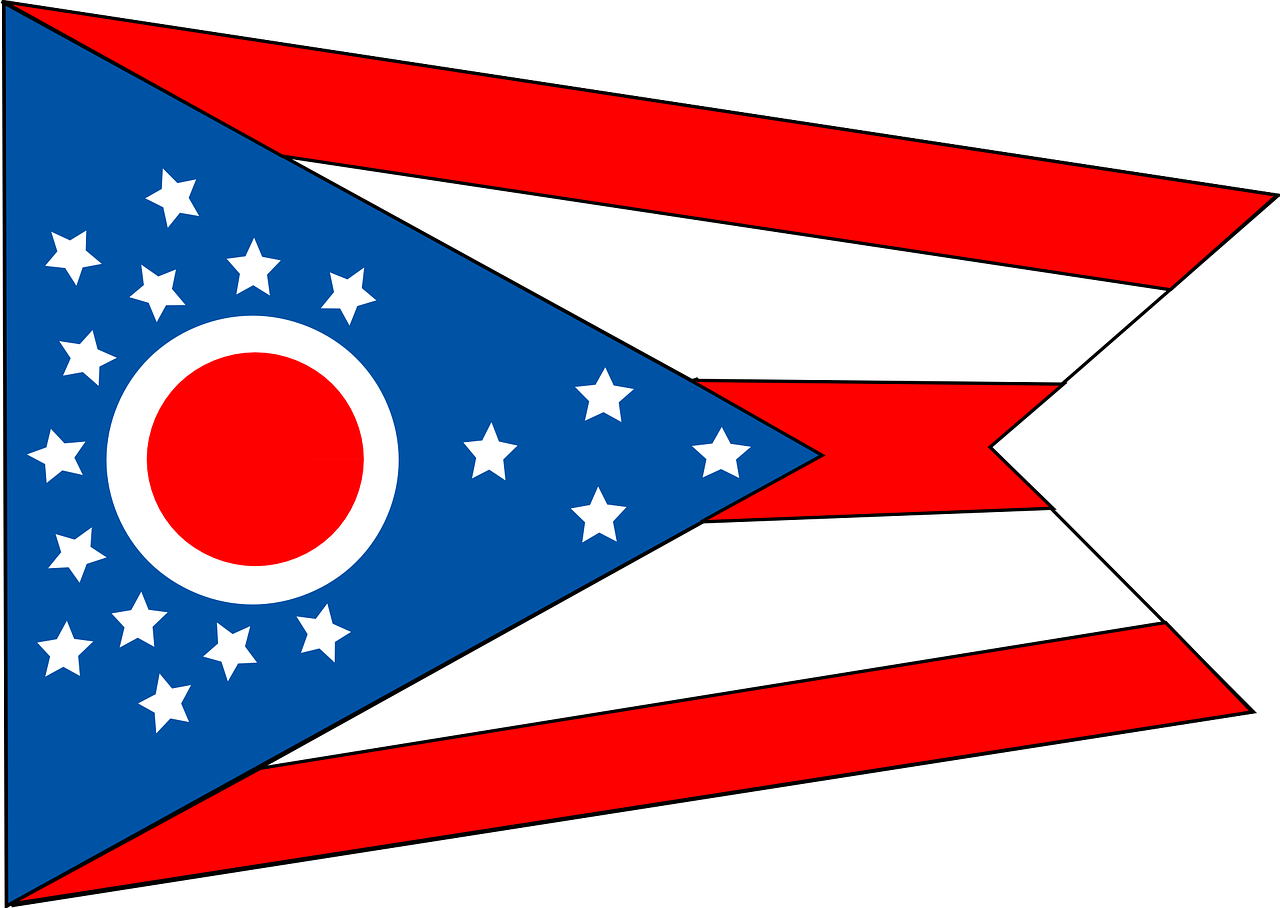By Frank Andorka, Senior Correspondent

In an industry with some tough stories to tell these days, sometimes it’s worth pausing and savoring a story that is undeniably and unalterably good – and such is the case with Project Bo.
The project, designed to purchase, install and maintain a 20kW solar and battery system to provide an uninterrupted 24/7 power supply to the oxygen concentrators and baby warmers at Bo Government Hospital’s Neonatal Intensive Care Unit, is finally under construction after raising 82% of the funds necessary to complete the project.
They are currently around $20,000 away from reaching 100% of their goal, thanks to the Liebreich Foundation, the U.K.-based charity heading up the fundraising drive.
Jigar Shah, co-founder of Generate Capital and supporter of the project, celebrated the project’s groundbreaking on Twitter.

According to the Project Bo website:
An average of 17 babies die each month at Bo Government Hospital’s Neonatal Intensive Care Unit in Sierra Leone. That’s approximately 25% of all babies admitted. Many of these deaths are caused by the lack of one basic provision – a reliable power supply.
It is these babies Project Bo has been established to support. Through the provision of solar and battery technology, a secure power supply will safeguard the most vulnerable of babies who are reliant on life-saving equipment.
The use of solar makes sense when you realize how electricity-poor Sierra Leone is. The website continues:
Bo is the third largest city in Sierra Leone and home to about half a million people, most of whom live below the poverty line. It also has one of the world’s worst infant mortality rates. Only 13% of the population receives power, and many areas have no grid access at all. Frequent power blackouts and sparse and sporadic coverage greatly hinders the healthcare system from providing basic care. Furthermore Ebola has severely impacted the health care system care for neonates is particularly challenging.
While it’s great to see the solar industry rally around such a great cause, it bears repeating that the job isn’t done yet. The project is still $20,000 short – let’s see if we can’t make that money happen for them as soon as possible.
More:




